All about wood density

The density of wood is the most important characteristic of the material, which allows you to calculate the load during the transportation, processing and use of wood raw materials or objects. This indicator is measured in grams per cubic centimeter or in kilograms per cubic meter, but the catch lies in the fact that these indicators cannot be considered stable.
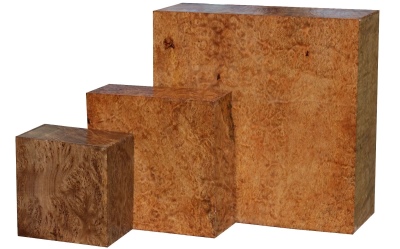
What is it and what does it depend on?
The density of wood, in dry language of definitions, is the ratio of the mass of the material to its volume. At first glance, it is not difficult to determine the indicator, but the density strongly depends on the number of pores in a particular wood species and its ability to retain moisture. Since water is denser than many dry woods and naturally denser than the voids between the fibers, the percentage of water has a large impact on the bottom line.

In view of the foregoing, two indicators of wood density are distinguished, which are close to the most general definition, but at the same time are more accurate.
- Specific gravity. This criterion is also known as baseline or conditional density. For measurements, a so-called wood substance is taken - this is no longer a natural material in its original form, but a dry block, which is pressed under high pressure in order to eliminate even voids. In fact, this indicator characterizes the true density of wood fibers, but in nature, without preliminary drying and pressing, such material cannot be found. Accordingly, the density of wood in most cases is still higher than the specific gravity.

- Volume weight. This indicator is already closer to reality, because the weight of not even dried, but raw wood is estimated. In any case, this method is more adequate, because in our country there cannot be perfectly dry wood in principle - the dried material tends to absorb the missing moisture from the atmospheric air, again becoming heavier. In view of this, the bulk density is usually determined for wood with a certain, clearly marked moisture level, which is normal for a particular variety. To this state, the fresh substance still needs to be dried, but the task is not to achieve a zero humidity level - they stop at the indicator that will still be provided by the laws of physics upon contact with air.
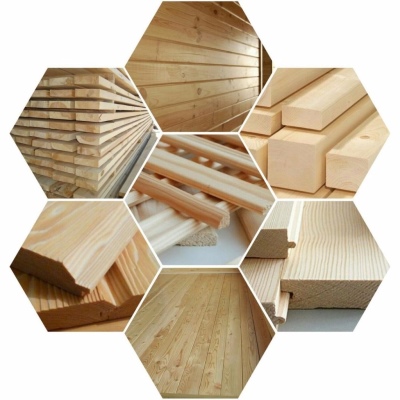
The density of a wood material is interrelated with several other physical properties. For example, the presence of pores means the presence of gas bubbles in the thickness of the tree - it is clear that they weigh less, occupying the same volume. Therefore, wood with a porous structure always has a lower density than the variety for which a large number of pores is not typical.
The relationship between density and humidity and temperature is similarly observed. If the pores of the material are filled with heavy water, then the bar itself becomes heavier, and vice versa - during drying, the material shrinks only slightly in volume, but significantly loses in terms of mass. The temperature here is mixed according to an even more complex scheme - when it rises, on the one hand, it forces the water to expand, increasing the volume of the workpiece, on the other, it provokes faster evaporation. At the same time, a decrease in temperature below zero turns moisture into ice, which, without adding weight, somewhat increases in volume. Both evaporation and freezing of moisture in the wood structure are fraught with mechanical deformation of the bar.

Since we are talking about humidity, it is worth clarifying that according to its level, there are three categories of felled wood. In this case, freshly cut material has a moisture content of at least 50%. With indicators of more than 35%, the tree is considered damp, an indicator in the range of 25-35% allows the material to be considered semi-dry, the concept of absolute dryness begins with 25% of the water content and less.
Raw materials can be brought to absolute dryness even with natural drying under a canopy, but to achieve an even lower water content, you will have to use special drying chambers. In this case, measurements should be carried out with wood, whose humidity does not exceed 12%.

Density is also closely related to absorption, that is, the ability of a particular type of wood to absorb moisture from the atmospheric air. A material with a high absorption rate will a priori be denser - simply because it constantly takes water from the atmosphere and under normal conditions it cannot be the slightest bit dry.
Knowing the parameters of the density of a tree, one can roughly judge its thermal conductivity. The logic is very simple: if the wood is not dense, then there are many air voids in it, and the wooden product will have good thermal insulation properties. If air has low thermal conductivity, then water is just the opposite. Thus, the high density (and hence the moisture content) suggests that a particular type of wood is completely unsuitable for thermal insulation!
In terms of flammability, a similar trend is observed in general. Pores filled with air cannot burn by themselves, but they do not interfere with the process, because loose wood types usually burn quite well. The high density, due to the significant water content, is a direct obstacle to the spread of fire.

A bit paradoxical, but less dense types of wood are characterized by increased resistance to deformation from impact. The reason lies in the fact that such a material is easier to compress due to the large number of unfilled internal voids. This will not work with a dense tree - heavy fibers will shift, therefore, most often the workpiece will split from a strong blow.
Finally, dense wood is in most cases less prone to rotting. There is simply no free space in the thickness of such material, and the wet state of the fibers is the norm for it. In view of this, when processing wood, they sometimes even use soaking in ordinary distilled water, using this as a method of protection from the effects of undesirable biological factors.

How is it determined?
If we consider the definition of wood density purely from the point of view of a mathematical formula, then the weight of the product, multiplied by the moisture parameter, is divided by the volume, also multiplied by the same parameter. The moisture parameter is included in the formula due to the fact that, absorbing water, a dry tree tends to swell, that is, increase in volume. It may not be noticeable to the naked eye, but for solving most problems, it is important to take into account every extra millimeter and kilogram.
Considering the practical side of measurements, we start from the fact that before measuring, you must first achieve moisture balance - when excess water is removed from the wood by drying, but the material is not too dry and will not draw moisture from the air. For each breed, the recommended moisture parameter will be different, but in general, the indicator should not fall below 11%.
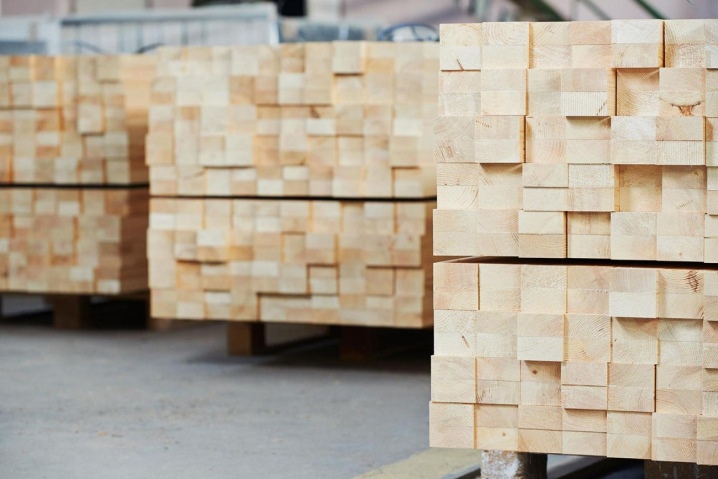
After that, the necessary primary measurements are made - the dimensions of the workpiece are measured and on the basis of these data the volume is calculated, then the experimental piece of wood is weighed.
Then the workpiece is soaked in distilled water for three days, although there is another criterion for stopping soaking - it is necessary to ensure that the thickness of the piece increases by at least 0.1 mm. Having achieved the required result, the swollen fragment is measured and weighed again to obtain the maximum volume.

The next step is long-term drying of the wood, which ends with the next weighing.
The mass of the dried workpiece is divided by the maximum volume, which was characteristic of the same piece, but swollen from moisture. The result is the same basic density (kg / m³) or specific gravity.
The actions described are instructions recognized at the state level in Russia - the procedure for transactions and settlements is fixed in GOST 16483.1-84.
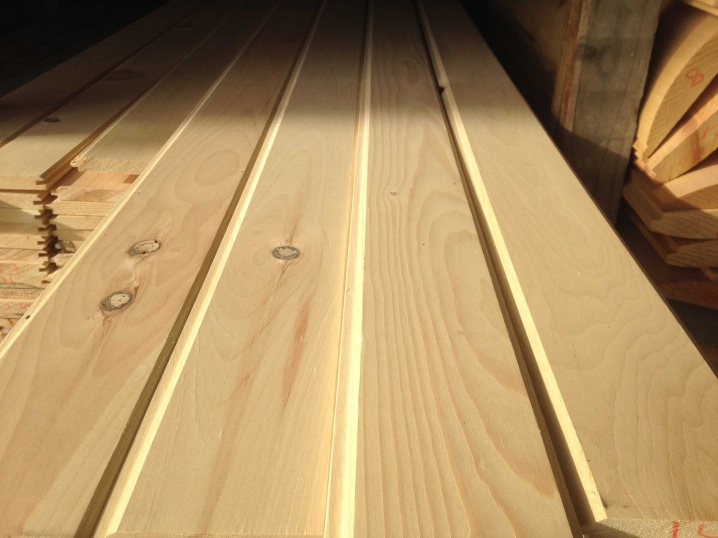
Since every gram and millimeter matters, the standard even regulates the requirements for the workpiece - this is lumber in the form of a rectangle with a length and width of 2 cm and a height of 3 cm. At the same time, for maximum measurement accuracy, the workpiece must be carefully processed before starting the experiments. Protrusions and roughness should not affect the reading.
Density of different breeds
From the foregoing, it was possible to draw a predictable conclusion that the procedure for measuring and assessing the density of wood is a rather complicated task and requires very accurate measurements. In most cases, all the complex work for the consumer is done by procurers and suppliers. - on packages of the same edged or parquet board, all the main properties of the material must be indicated.

The situation is more complicated, if a person is even engaged in harvesting various types of wood himself, because then there will be no informative packaging, but then you can find on the Internet approximate density indicators for each type of wood, from which whole tables are compiled. It is only important to remember that the moisture content of each individual bar is influenced by many factors, separately described above, which means that in a particular case, fluctuations in mass are very likely.
In some cases, another situation is possible: when the foreman is only given a task, but there is still no wood for its implementation. The raw materials will have to be purchased independently, but at the same time it is necessary to figure out which breed will be the most effective.

Considering that density affects many other practical qualities of wood, you can immediately weed out the majority of unsuitable applicants, focusing on a specific category of material. Especially for this, they allocate three main groups of wood grades by density.
Small
Low density is practical at least from the point of view that light wood is easier to harvest and transport, and loaders will be grateful to the consumer for choosing just such a tree. According to the common classification, the upper limit of density for low density wood is 540, less often 530 kg / m³.
It is to this category that the bulk of industrial conifers belong, such as spruce and pines, aspen and many types of walnut, chestnut and cedar, willow and linden. Cherry and alder, depending on the specific variety and conditions, can belong to species with low and medium density, and cherry - more often to medium. Due to the relative ease of transportation, such wood is cheaper. Another obvious argument in favor of its cheapness and demand is that a significant part of domestic forests is composed of just such species.
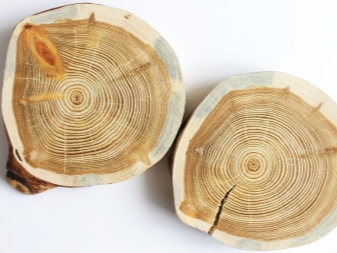
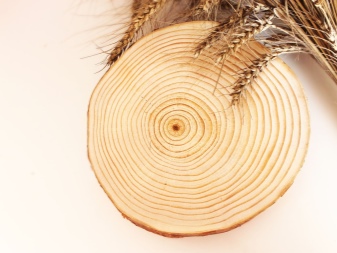
Experts note that trees with a low density of trunks are most common in the northern regions... This is due to the fact that the regions in which the forests of the corresponding species grow cannot always provide the flora with a large amount of moisture.
Adjusting to existing conditions, plants with low wood density form trunks of relatively low moisture content, which ultimately affects the mass.
Average
Medium density wood is the "golden mean" when choosing a material, which does not have any obvious advantages, except for the essential point that it does not have any obvious disadvantages. Without being too heavy, such a material exhibits good compressive strength without having the obvious disadvantages of dense rocks, such as good thermal conductivity.
The medium density category includes lumber and birch, apple and pear, mountain ash and maple, hazel and walnut, ash and poplar, bird cherry, beech and elm. Cherry and alder have a significant run-up in terms of density, which does not allow us to confidently place all representatives of the breed in one category - both fluctuate between low and medium, and the alder is closer to low density. Indicators that allow the breed to be included in the medium density category are 540-740 kg / m³.

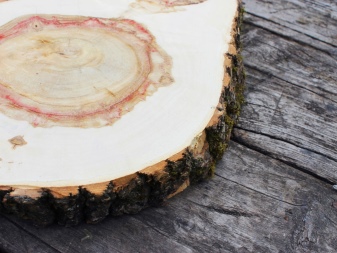
As you can see, these are also very common tree species in our area, which are in significant demand in various industries and can boast of high qualities not only in practical but also in the decorative sphere.
High
The increased density of wood may seem to be a disadvantage due to the fact that products made from it are very heavy and massive and cannot boast of good thermal insulation performance, and even split from impact.
At the same time, the material is able to withstand significant constant loads without deformation.and also differs comparatively low flammability and excellent durability... Among other things, such wood is also relatively little subject to decay.
To get into the category of dense species, you need a wood density of at least 740 kg / m³... Of the common types of wood, oak and acacia, as well as hornbeam and boxwood, are primarily remembered. This should also include some species that do not grow in our latitudes, for example, pistachio and iron trees.

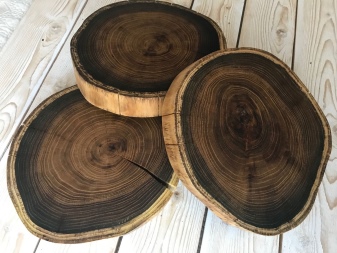
Please note: almost all of the listed breeds are classified as expensive and prestigious. Even their very significant weight does not prevent some grades of material from being transported from another hemisphere, which only further affects the cost.
There is only one conclusion from this: for all its disadvantages, such wood has a number of advantages that are worth paying handsomely.














The comment was sent successfully.